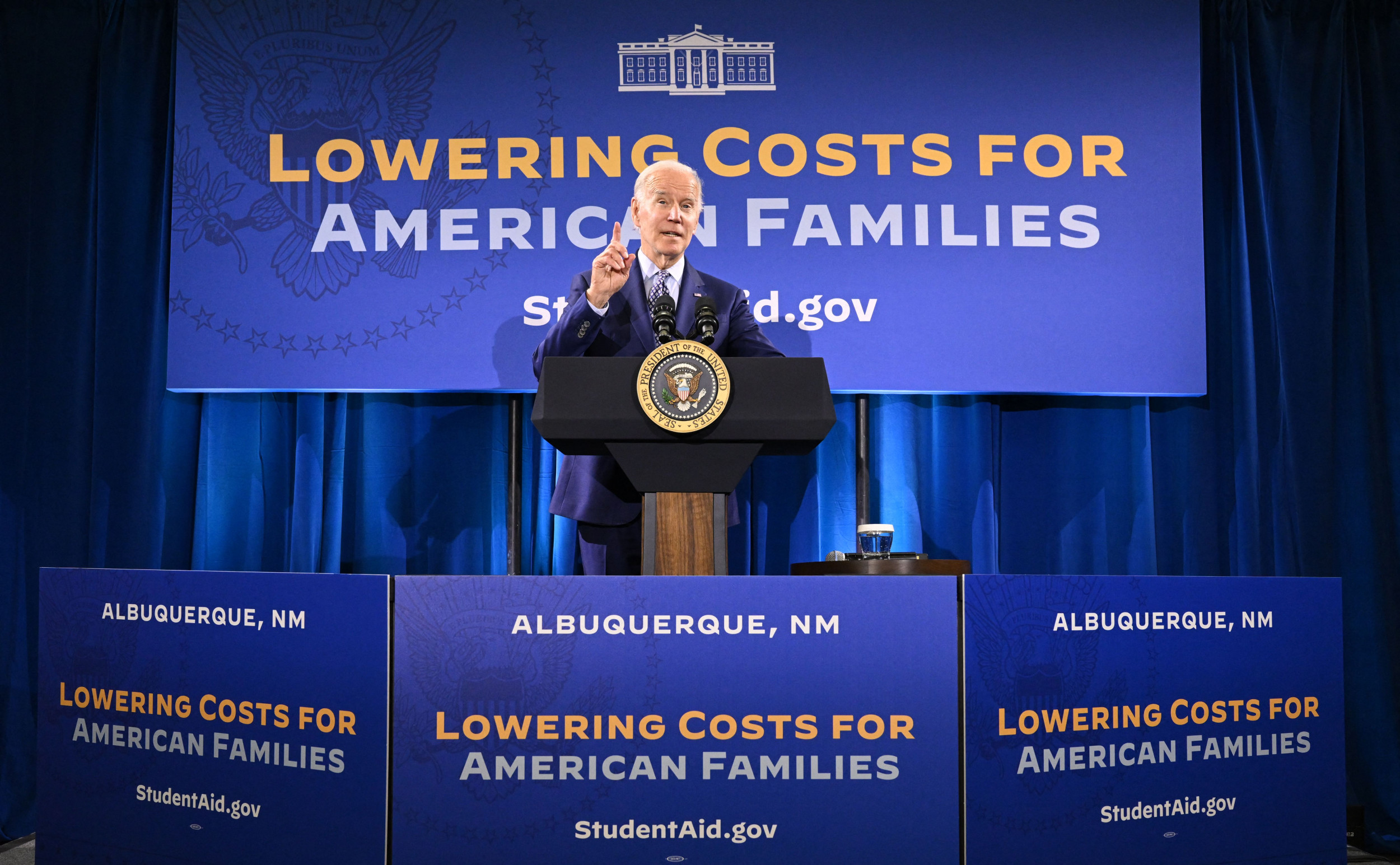As the 2024 hurricane season draws to a close, one last storm might be growing in the Caribbean.
The area of low pressure, located south of Cuba, currently has a 50 percent chance of reaching tropical cyclone strength in the coming seven days, according to National Hurricane Center (NHC) forecasts.
This is an increase from the 40 percent likelihood at which the weather system has been classified all week, having increased from 30 percent on Sunday afternoon.
The potential storm has a zero percent chance of reaching tropical cyclone in the next 48 hours, however.
"Thunderstorms associated with the tropical disturbance would need to consolidate more around the center of the disturbance. A closed circulation would also need to form around the center. Once that happens, the tropical disturbance could further intensify into a tropical storm or hurricane," Brian Tang, an associate professor of atmospheric science at New York's University at Albany, told Newsweek.

"A broad area of low pressure is likely to develop over the southwestern Caribbean Sea during the next couple of days. Gradual development is possible thereafter, and a tropical depression could form over the weekend or early next week while the system drifts generally northward or northwestward over the central or western Caribbean Sea," the NHC said in a Tropical Weather Outlook.
Tropical cyclone is a catch-all term for any storm at or above tropical depression strength, including tropical storms and hurricanes.
When a storm reaches a sustained wind speed of up to 38 mph, it is classified as a tropical depression. At this point, the system is usually well-defined with organized thunderstorms, but lacks the high intensity of a stronger storm.
If winds reach between 39 and 73 mph, it becomes a tropical storm, characterized by more intense organization, heavy rainfall, and strong winds, and is officially named.
At 74 mph or more, a storm is classified as a hurricane, which are rated from Category 1 to Category 5 based on their wind speeds.
If this brewing storm in the Caribbean does eventually reach tropical storm strength, it would be named Tropical Storm Patty, and would be the 16th named storm of the 2024 Atlantic hurricane season.
8am EDT Mon: Broad low pressure is likely to form over the Caribbean in a few days and a tropical depression could form late this week or this weekend. This poses no threat to the continental US within the 7-day period. Interests in the Caribbean Sea should monitor its progress. pic.twitter.com/eLUmZ56JMF
— National Hurricane Center (@NHC_Atlantic) October 28, 2024In the wake of Category 5 Hurricane Kristy, there are also two storms potentially forming in the Pacific, but these are less likely to achieve tropical cyclone strength than the Caribbean system.
One of the systems is located in the Central East Pacific, and has a 10 percent chance of becoming a tropical cyclone in the next 48 hours, and a 20 percent chance over the next 7 days.
The NHC said: "An area of low pressure located about 1,200 miles southwest of the southern tip of the Baja California peninsula continues to produce a large area of disorganized showers and thunderstorms. Some development of this system is possible during the next few days while the low moves slowly to the west-northwest. By the weekend, upper-level winds should become less conducive for development."
The second potential storm, situated in the western East Pacific, is still just about going, with a near zero-percent chance of forming a tropical cyclone.
"A broad area of low pressure located about 1,800 miles west-southwest of the southern tip of the Baja California peninsula is producing limited showers and thunderstorms. Environmental conditions are becoming increasingly unfavorable, and development is no longer anticipated," the NHC said.
Do you have a tip on a science story that Newsweek should be covering? Do you have a question about storms? Let us know via science@newsweek.com.




















 English (US) ·
English (US) ·